How to Choose the Correct Size of Oriental Rugs for Your Room
A. Definition & Origin of Oriental Rugs
Let’s start at the beginning, yeah? When we talk about Oriental rugs, we’re not just talking about any regular rug. We’re talking about pieces of art that have been crafted by skillful hands from the Eastern world. Dating back thousands of years, these rugs are meticulously woven, often by hands that have been passing down their skills through generations. The term ‘Oriental’ generally encompasses rugs crafted from countries like Iran, China, India, Russia, Turkey, Pakistan, Tibet, and Nepal. Find yourself an Oriental rug, and you’ll be stepping, quite literally, on a piece of history. But what makes them so special? Let’s dig into that.
B. Benefits of Choosing an Oriental Rug
Selecting an Oriental rug isn’t just a décor decision; it’s an investment in craftsmanship, heritage, and longevity. These rugs are renowned for their durability, often lasting for decades (if not centuries!). Plus, they come with intricate designs and vibrant colors that don’t fade over time. It’s like hosting an art exhibition right in your own home. And hey, if that’s not enough to tempt you – these rugs can even increase in value over time!
C. Typical Sizes & Shapes for Oriental Rugs
This is where we start to dive into the practical stuff. Oriental rugs come in a wide range of sizes and shapes, designed to fit all kind of spaces. From your tiny but cozy study room to your spacious living area, there’s a rug for every room. The most typical shapes you’ll find are rectangular and occasionally circular rugs. Sizes can range from the small door mats (2×3 feet), stretching up to room-sized extravaganzas of 10×14 feet or even bigger. But enough of rug theory…it’s time to find one that fits your space like a glove.
II. Exploration of Different Room Types & Their Rug Needs
A. Rug Size Considerations for Living Rooms
Okay, picture this: You’re designing your dream living room. You’ve got the plush couch, the hip coffee table, and that perfectly overpriced but oh-so-worth-it lamp. But something feels off. Your flooring looks dull and empty, like a cheesecake without the cherry topping. Boom! Enter the Oriental rug.
Oriental rug for your living room? You need to consider the size of your seating arrangement and your room’s architecture. For a small conversation area, a 5×8 or 6×9 feet rug can work well. If it’s a larger space you’re dealing with, go for something like an 8×10 or a 9×12 feet rug. Want all your furniture on the rug? Go big. Want to create a cozy conversation space? Go small. The aim is to make the rug a gathering point, not an awkward island in the middle of the room.
B. Rug Size Considerations for Dining Rooms
On to the place where all the magic happens, the dining room. I mean, where else do you get to indulge in Grandma’s secret apple pie recipe, right? Here, the key to rug sizing is your dining table. Your rug should comfortably encompass your table and the chairs, even when they’re pulled out. Nobody wants a chair teetering on the edge of a rug as they tuck into their pumpkin soup. A good bet would be to measure the length and width of your dining set, add at least 4 feet to both measurements, and voila, you’ve got your ideal rug size.
C. Rug Size Considerations for Bedrooms
And lastly, the bedroom – our haven for Netflix, guilty late-night snacks, and sleeping in on Sundays. Applying the principles of Feng Shui, choose a rug that extends at least 18″-24″ around the sides and bottom of your bed. Smaller rugs? Place them strategically, like one at the foot of the bed or one on each side. At the end of the day (no pun intended), it should feel heavenly when your feet land on the cozy rug first thing in the morning.
III. Selecting the Right Rug Size for Your Room
A. Measuring your Space for a Rug
More measurements? Yes, bear with me! Grab a measuring tape – no, a candy bar won’t do – and find out the dimensions of your room. You’ll want to jot down the maximum length and width, and it wouldn’t hurt to have the measurements of your main pieces of furniture and the space between them. Remember, a rug that’s too small can make a room feel disjointed, while one that’s too big can swallow up a room like a black hole (slight hyperbole, but you get the point).
B. Factor Furniture into the Rug Size
Considering the size and placement of your furniture is no less important than the size of the room itself. Ideally, your rug should extend underneath all major pieces of furniture in a seating arrangement. And watch out for doors. Make sure your rug won’t interfere with door swings – smashing a door into a precious Oriental rug isn’t great for its lifespan, I promise.
C. Importance of Rug Position & Orientation in a Room
Ever heard of the saying, “Location, location, location”? Well, it not only applies to real estate but to Oriental rugs too! Your rug’s position and orientation can significantly impact the perceived dimensions and flow of your space. If your room is narrow, placing a longer rug in line with the long wall could visually increase its width. Likewise, consider your walking paths – a rug shouldn’t become an obstacle in high-traffic areas.
IV. Matching Oriental Rugs with Room Aesthetic
A. Using Oriental Rugs to Define Spaces
Got yourself an open floor plan or a studio apartment? An Oriental rug can be your best friend! The right size rug can help you define separate spaces without any need for partition walls. For instance, one rug could demarcate your living area, while another distinct rug could separate your dining space.
B. Complementing Room Color & Design with Oriental Rugs
When you stroll around an art gallery, certain paintings catch your eye, right? That kind of chemistry also applies when picking your Oriental rug. The design, patterns, and colors of Oriental rugs are diverse. Some offer subtle tones and intricate designs while others are an explosion of color and energy. Choose a rug that harmonizes with your room’s aesthetic and color theme. The idea is to blend, not clash.
C. Circulation & Traffic: Matching with Rug Durability
Rugs and foot traffic go together like, well, feet and slippers. Consider the footfall your rug will have to endure in its location. Certain Oriental rugs, like hand-knotted Persian rugs or Afghani rugs, are legendary for their durability and can handle high-traffic. In contrast, others might be more delicate. Durable or not, remember- no outdoor shoes, and let’s keep those wine spills minimal, shall we?
V. Shopping & Caring for Oriental Rugs
A. Shopping Tips: Where & What to Look for while Buying
On your hunt for the perfect Oriental rug, first, stick to reputable dealers. Ask about the rug’s origin, the type of dye used, and whether the rug is handmade or machine-made. That rug that looks like a great deal on a dodgy website? Yeah, might want to steer clear. It’s integral to know exactly what you’re investing in.
B. Maintaining Oriental Rugs: Cleaning & Preservation Tips
So you’ve got your rug, and it looks fantastic! To keep it that way for years (or generations), regular vacuuming is your friend but with a low, gentle setting. Too harsh, and you might damage the fibers. Every couple of years, consider a professional deep cleaning to remove the grime that inevitably builds up. Remember, these timeless pieces are often resilient, but they also need tender loving care.
C. Repair & Replacement Guide for Oriental Rugs
Yes, even Oriental rugs have lifelines. If your rug gets damaged, professional restoration might be able to bring it back to its former glory, but this can be costly. Secure an underlay, rotate your rug every few months to ensure even wear, protect it from sunlight, and immediately tend to any spills or stains. Don’t neglect minor repairs; you don’t want the damage spreading like wildfire, do you?
VI. Wrapping Up: Summary of How to Choose the Right Size Oriental Rug
A. Recap of Key Points
Alright, lots to soak in, I know. Here’s a quick check-list for you – decipher what an Oriental rug is and why it’s special; choose one that fits your living, dining, and bedrooms; remember to consider room and furniture size and rug placement; complement the room’s aesthetic and foot-traffic; and finally, how to shop for and maintain your rug.
B. Final Thoughts and Insights
Choosing the right size Oriental rug is much more than a maths game. It’s about harmonizing aesthetics, recognizing your space’s needs, creating a welcoming atmosphere, and ultimately falling head over heels for a beautiful piece of woven art. It’s like Rome; it won’t be built in a day. Take your time, and you’ll find the rug whose threads weave into the fabric of your life perfectly.
C. Common Mistakes to Avoid
“Those who cannot remember the past are condemned to repeat it”, so beware the classic blunders! Do not, I repeat, do not underestimate the size of your room and align it with the incorrect rug dimensions, leading to a lost island of rug in your room. Avoid flashy sales and shady vendors, prioritize quality. Last but not least, overlooking the rug care can cut your rug’s lifespan dramatically shorter.
VII. Frequently Asked Questions (FAQ)
A. What is the Lifespan of an Oriental Rug?
Well, buckle up for this one, some Oriental rugs last for centuries! Yes, you read that right. With good care and maintenance, your rug can outlive all your favorite houseplants and maybe even that ridiculously sturdy oak dining table. Now that is what you call a long-term relationship!
B. How do I Spot a Genuine Oriental Rug?
It’s a world of copycats out there, so brace yourself. A real Oriental rug will be hand-knotted or hand-woven, have a specific type of knot visible at the back of the rug, show unevenness in its patterns due to the manual handiwork, and offer rich, vibrant colors thanks to the natural dyes used in their making. It takes a bit of homework, but hey, nobody said landing the real deal was easy!
C. How Often Should Oriental Rugs be Cleaned?
Brushing off dust and vacuuming every week or so is a good habit. And treat your rugs to a professional deep cleaning every couple of years, because hey, who doesn’t like a good spa day once in a while?
D. Can Oriental Rugs be Repaired or Restored?
Yes siree! Professional repairs can work wonders on your run-down rugs, restoring them to their former glory. But, it can be pricey depending on the extent of the damage. So, take care of those beauties – an ounce of prevention is worth a pound of cure.
That’s all, folks! Armed with this guide, you’re now the Sherlock of Oriental rug shopping. Measure twice, check thrice, take a deep breath, and jump into the world of age-old tradition and craftsmanship. Can’t wait to see the beautiful chaos you’d create with those vibrant Oriental
The Artistry Behind Handmade Rugs vs. the Efficiency of Machine-Made Rugs: Are Handmade Rugs Really Better?
When it comes to choosing a rug for your home, you’re faced with a multitude of options, but one of the most significant decisions you’ll make is whether to go for a handmade rug or a machine-made one. It’s a choice that goes beyond mere aesthetics and price tags; it’s about craftsmanship, quality, and the unique artistry that each type brings to your living space. In this article, we’ll delve into the world of handmade and machine-made rugs, exploring their differences, the factors that determine their quality, and whether handmade rugs are truly the superior choice.
The Craftsmanship of Handmade Rugs
Craftsmanship Beyond Compare
Handmade rugs are a testament to the artistry and dedication of skilled artisans. Each rug is crafted meticulously, with every knot and weave infused with the weaver’s expertise and creativity. The process of creating a handmade rug is a labor-intensive one that requires patience, precision, and passion.
From the selection of the finest materials to the intricate design patterns, handmade rugs are a labor of love. They often feature unique motifs and color combinations that reflect the weaver’s culture, heritage, and individual flair. These rugs are not merely floor coverings; they are pieces of art that tell stories and carry a rich history.
The Beauty of Hand-Knotted Rugs
A hallmark of many handmade rugs is the hand-knotted technique. Each knot is tied by hand, one by one, resulting in a rug that is not only beautiful but also incredibly durable. Hand-knotted rugs have a dense pile, which not only adds to their visual appeal but also ensures their longevity.
One well-known brand that produces exquisite hand-knotted rugs is Persian . Persian rugs are renowned for their quality,
craftsmanship, and timeless designs. Investing in a hand-knotted rug is like owning a piece of art
that can last for generations.
How to Identify Good Quality Handmade Rugs
Recognizing a high-quality handmade rug can be a daunting task, but there are certain key factors to look for:
- Materials: High-quality handmade rugs are often made from natural materials like wool or silk. These materials not only lend a luxurious feel but also ensure durability.
- Knot Density: Check the knot count per square inch. A higher knot density typically indicates a finer and more detailed rug.
- Color Consistency: Look for rugs with vibrant and consistent colors. Low-quality rugs may have uneven dyeing or fading.
- Design Clarity: Examine the intricacy of the rug’s design. High-quality rugs feature clear and well-defined patterns.
- Fringe: Handmade rugs often have hand-knotted fringe, while machine-made rugs may have stitched-on fringe.
Machine-Made Rugs: The Efficiency of Mass Production
Mass Production at Its Best
In contrast to the time-intensive craftsmanship of handmade rugs, machine-made rugs are produced on a large scale with remarkable efficiency. The weaving process is automated, allowing machines to churn out rugs in a fraction of the time it would take a human weaver.
This mass production leads to a wider variety of designs, sizes, and styles. Machine-made rugs are readily available and often more budget-friendly, making them an attractive option for those seeking affordability and convenience.
Consistency and Precision
One of the notable advantages of machine-made rugs is their consistency and precision. Machines are programmed to create rugs with uniform patterns, size, and color. This consistency ensures that you receive exactly what you expect, making machine-made rugs ideal for those who desire a more structured and modern look in their decor.
Are Handmade Rugs Really Better?
The question of whether handmade rugs are better than machine-made ones is a subjective one that depends on your priorities and preferences. Here are some factors to consider:
1. Artistry and Uniqueness
Handmade rugs are unparalleled in their artistry and uniqueness. They are not mere floor coverings; they are pieces of art that can appreciate in value over time. If you appreciate the craftsmanship, cultural significance, and individuality of handmade rugs, then they are indeed a superior choice.
2. Budget and Convenience
Machine-made rugs offer budget-friendly options and a wide range of designs. If you’re working with a tight budget or need a rug quickly, they are a practical choice. However, they may lack the character and artistry of handmade rugs.
3. Longevity and Investment
Handmade rugs, especially those hand-knotted with high-quality materials, are built to last for generations. They can be considered investments that not only enhance your living space but also retain or increase in value over time. In this sense, handmade rugs can be seen as a superior choice for those looking for long-term value.
4. Aesthetic and Style
Consider your personal aesthetic and the style you want to achieve in your home. Handmade rugs often exude a sense of timeless elegance and authenticity. Machine-made rugs, on the other hand, offer a modern and structured look. The choice between the two depends on the ambiance you wish to create
Choosing Your Perfect Rug https://www.youtube.com/watch?v=ca0j1XO27VY&t=20s
In the age-old debate of handmade vs. machine-made rugs, there is no one-size-fits-all answer. Both types have their merits, and the choice ultimately depends on your priorities, budget, and style preferences.
If you’re seeking a rug that is a work of art, steeped in tradition and history, and willing to invest in quality and longevity, then handmade rugs are the superior choice. On the other hand, if you prioritize affordability, convenience, and a wide variety of design options, machine-made rugs may be the practical solution.
In the end, the perfect rug for your home is the one that resonates with your heart, fits your style, and complements your living space. Whether you choose the artistry of handmade rugs or the efficiency of machine-made ones, a well-selected rug can transform your home, adding warmth, character, and beauty to every room.
living room rugs , area rug shop , 8×10 rug berkeley , san francisco , san rafael

Recent Posts
Categories
Products
-
kilim rugs 8x4.3
$660.00$370.00 -
kilim rugs 4x6
$550.00$330.00 -
kilim rugs 8x4
$950.00$550.00 -
kilim rugs 7x10
$1,150.00$760.00 -
7x10 kilim rugs
$1,190.00$770.00

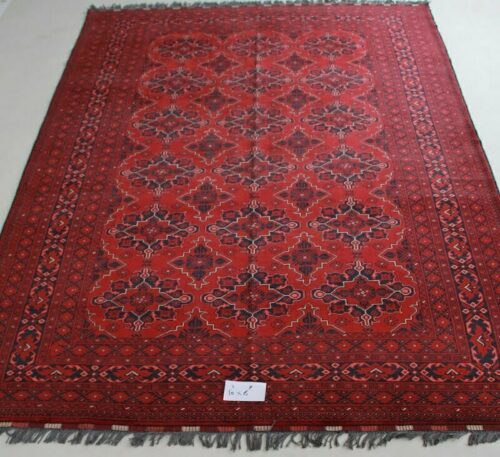

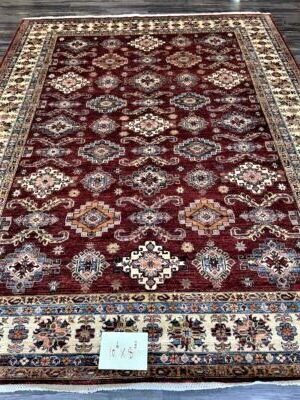
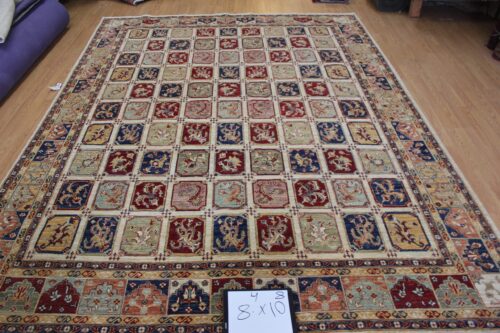
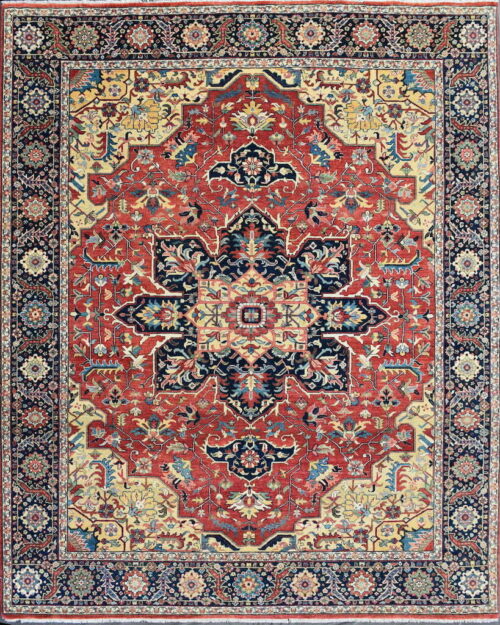
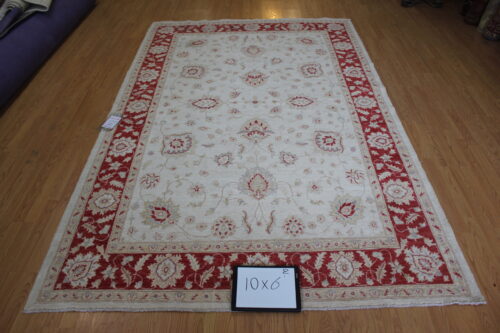
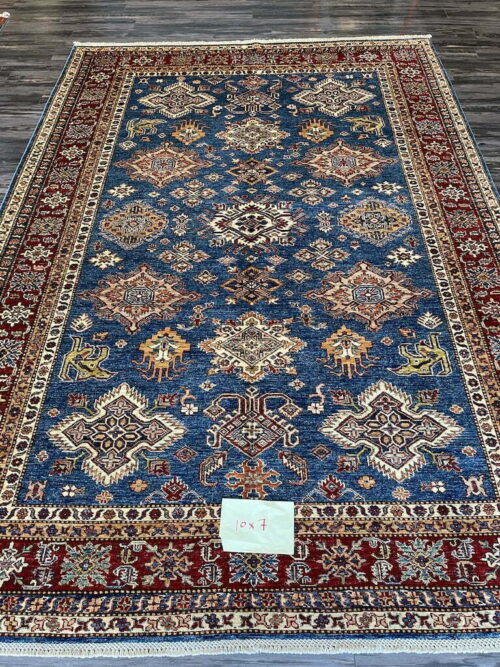

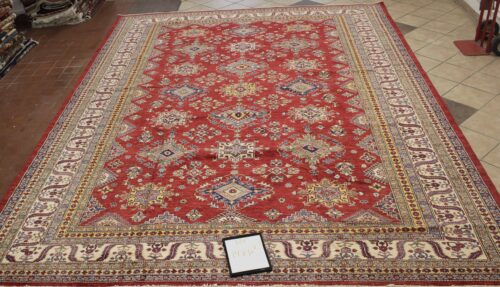

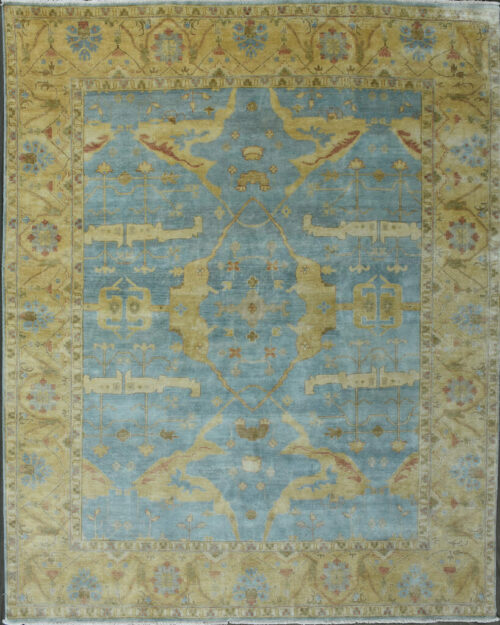


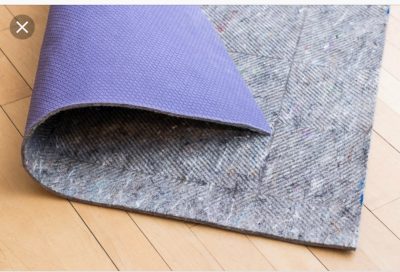

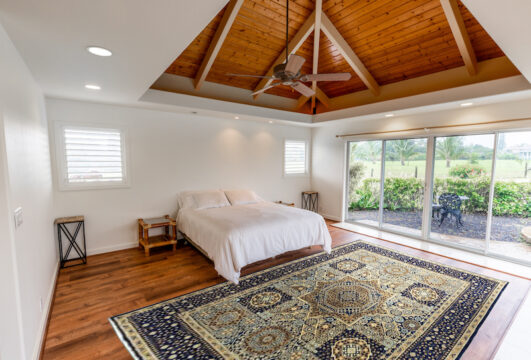
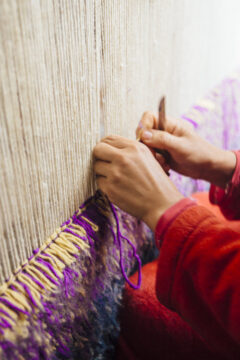 Choosing Your Perfect Rug
Choosing Your Perfect Rug 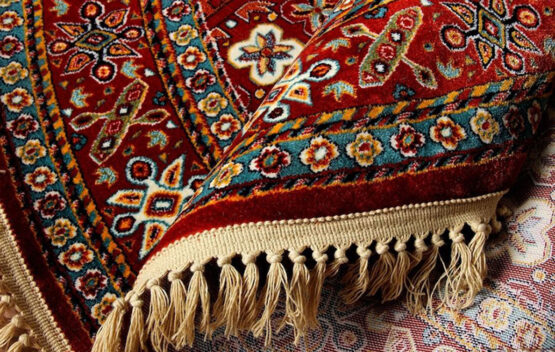
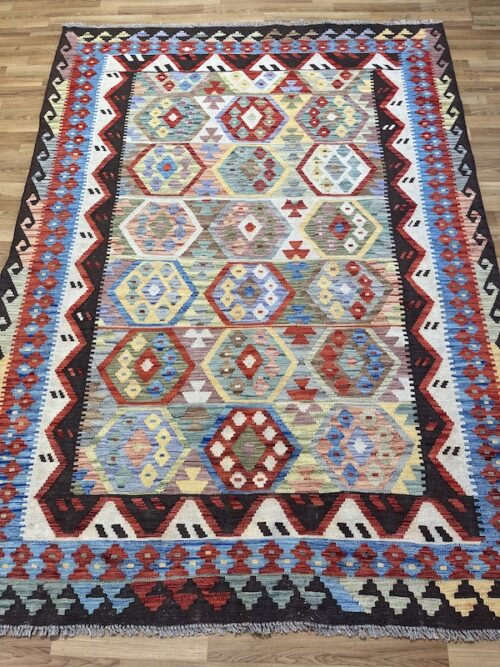

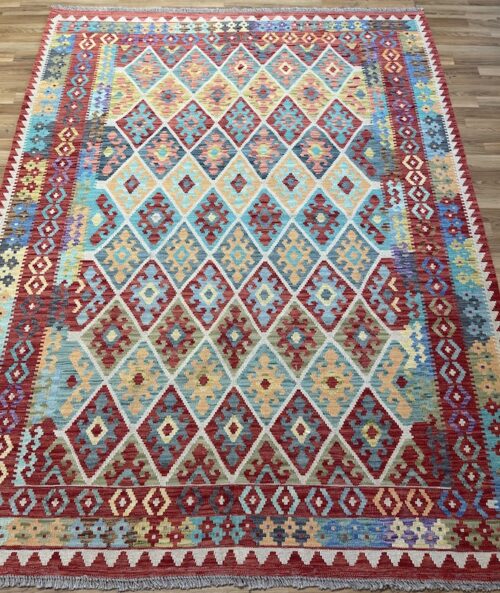

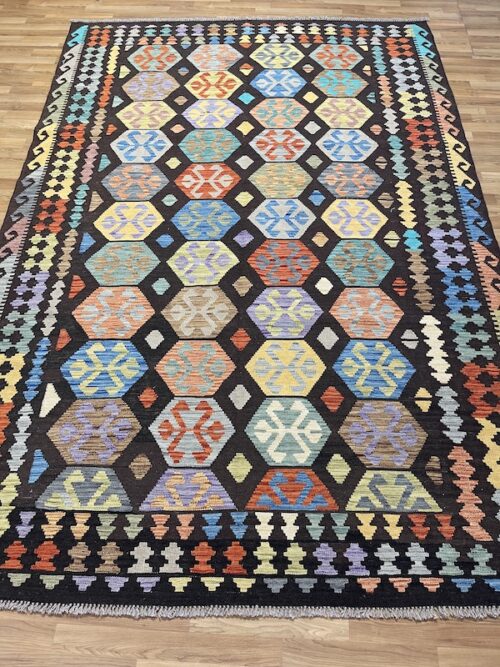
Recent Comments